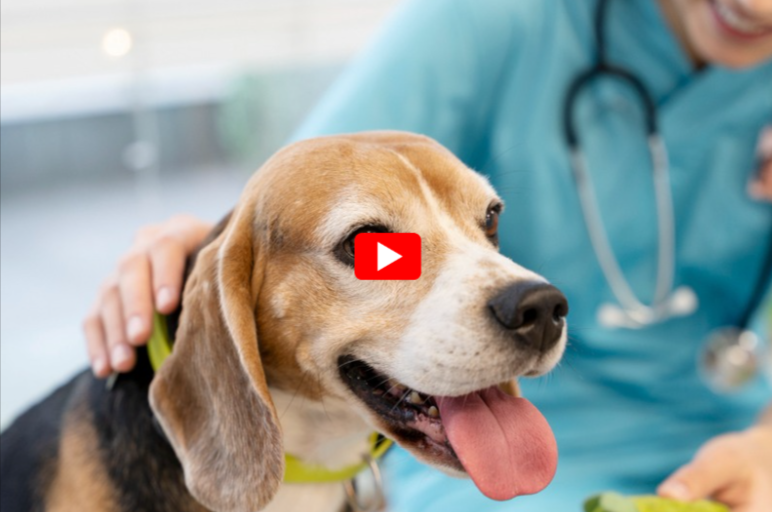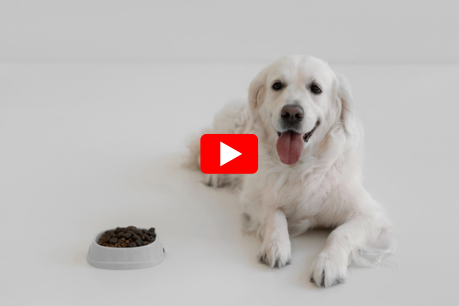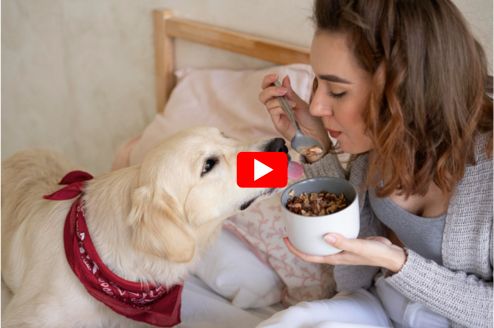Dog Yeast Infection: Causes, Symptoms & Effective Treatments
Dogs bring joy, companionship, and unconditional love — but like us, they can also suffer from irritating skin and health issues. One common yet often overlooked problem is dog yeast infection.
If your furry friend is constantly scratching, licking, or has a funky smell, yeast overgrowth might be the culprit.
Dog yeast infections cause itching, odor, and skin irritation, often in ears or paws. Prompt care with vet-approved treatments can ease your dog’s discomfort.
In this in-depth post, we’ll break down what dog yeast infections are, why they happen, signs to look out for, and how to safely manage them.
Whether you’re a new pet owner or an experienced dog parent, this guide has everything you need to protect your dog’s health.
What Is a Dog Yeast Infection?
A dog yeast infection occurs when there’s an abnormal overgrowth of Malassezia pachydermatis, a fungus commonly found on your dog’s skin and inside their ears.
Under normal conditions, yeast is harmless and coexists with bacteria on the skin. However, when the skin’s natural balance is disrupted, yeast can multiply excessively, leading to infection.
Yeast thrives in warm, moist environments, which is why areas like the ears, paws, skin folds, and underarms are often affected.
Common Causes of Yeast Infections in Dogs
Understanding the causes behind yeast infections in dogs can help prevent future flare-ups. Here are the primary factors:
1. Allergies
Food allergies or environmental sensitivities to pollen, dust mites, or cleaning products can compromise your dog’s skin barrier, making them prone to yeast infections.
2. Weakened Immune System
Dogs with compromised immunity, whether from medications like corticosteroids or conditions like hypothyroidism, are more susceptible to fungal overgrowth.
3. Excessive Moisture
Frequent swimming, bathing without thorough drying, or humid climates can create the perfect breeding ground for yeast.
4. Antibiotic Use
Long-term or frequent use of antibiotics can disturb the skin’s natural flora, killing beneficial bacteria that keep yeast in check.
5. Poor Grooming Practices
Irregular grooming, matted fur, or trapped debris can harbor moisture and warmth, encouraging yeast to thrive.
6. Underlying Health Conditions
Diseases such as diabetes, Cushing’s disease, or hormonal imbalances often predispose dogs to recurring yeast infections.
Signs and Symptoms of Dog Yeast Infection
Yeast infections can manifest differently depending on their location, but there are common signs to watch for:
- Intense itching and scratching
- Foul, musty odor
- Redness and inflammation
- Sticky yellow or brown discharge (especially in ears)
- Thickened, darkened skin (hyperpigmentation)
- Greasy or flaky skin
- Hair loss in affected areas
- Chewing or licking paws
- Recurring ear infections
- Head shaking or tilting
Left untreated, yeast infections can cause severe discomfort and skin damage, so early intervention is crucial.
Areas Most Commonly Affected
- Ears: Often characterized by head shaking, redness, and foul odor.
- Paws: Redness, discoloration, and licking between the toes.
- Skin folds: Moist, warm areas like armpits, groin, and facial folds.
- Perianal region: Redness and discomfort around the rear.
How Vets Diagnose Dog Yeast Infections
If you suspect your dog has a yeast infection, it’s essential to visit a veterinarian for an accurate diagnosis. Common diagnostic methods include:
- Physical examination
- Skin cytology: Scraping or swabbing affected areas to examine under a microscope.
- Culture tests: Growing the yeast in a lab to confirm overgrowth.
- Tape strip test: Applying adhesive tape to collect skin cells for analysis.
These tests help rule out other possible skin conditions like bacterial infections, parasites, or allergies.
Treatment Options for Dog Yeast Infections
Treating yeast infections in dogs typically involves a combination of topical and systemic therapies, depending on the severity.
1. Topical Treatments
- Medicated Shampoos: Antifungal shampoos with chlorhexidine, ketoconazole, or miconazole help kill yeast on the skin.
- Ear Cleaners: Veterinary-approved antifungal ear cleaners manage yeast infections in the ears.
- Sprays and Wipes: Helpful for localized infections on the paws or skin folds.
2. Oral Medications
For severe, widespread, or recurring infections, vets may prescribe oral antifungal drugs like fluconazole or itraconazole.
Important: Oral antifungals can have side effects, so blood monitoring is usually recommended.
3. Dietary Management
Since food allergies can trigger yeast overgrowth, your vet might suggest an elimination diet or hypoallergenic food to pinpoint triggers.
4. Environmental Modifications
Keeping your dog’s living area clean and dry, using allergy-friendly cleaning products, and routine grooming can help prevent yeast-friendly conditions.
Home Remedies for Dog Yeast Infections
While veterinary treatment is essential, some gentle home remedies may offer relief alongside medical care:
Apple Cider Vinegar Rinse
Diluted apple cider vinegar (50/50 with water) can be used as a rinse for affected skin, as its acidity helps combat yeast.
Note: Do not use on broken or irritated skin.
Coconut Oil
Its natural antifungal properties may soothe mild cases when applied topically.
Note: Always check with your vet before trying home remedies.
Preventing Yeast Infections in Dogs
Prevention is key when it comes to keeping your dog comfortable and yeast-free:
- Regular grooming and bathing
- Keep ears clean and dry
- Wipe paws after walks
- Dry your dog thoroughly after swimming or bathing
- Use vet-approved ear cleaners
- Feed a balanced, high-quality diet
- Address allergies promptly
- Monitor for early signs and act fast
When to See a Veterinarian
It’s time to visit your vet if your dog displays:
- Persistent itching or discomfort
- Unusual odors from ears, paws, or skin
- Thickened, red, or flaky skin
- Recurring ear infections
- Symptoms lasting longer than a few days
Prompt treatment not only relieves your dog’s discomfort but also prevents secondary infections and complications.
Final Thoughts
A dog yeast infection can cause significant discomfort, but with prompt attention and appropriate care, most cases resolve quickly.
By understanding the causes, recognizing the signs, and working closely with your veterinarian, you can keep your pet happy, healthy, and itch-free.
Regular grooming, dietary management, and maintaining a clean, dry environment will go a long way in preventing future infections.
Always prioritize professional veterinary care over self-diagnosing or over-the-counter fixes, as yeast infections can mimic other serious skin conditions.



